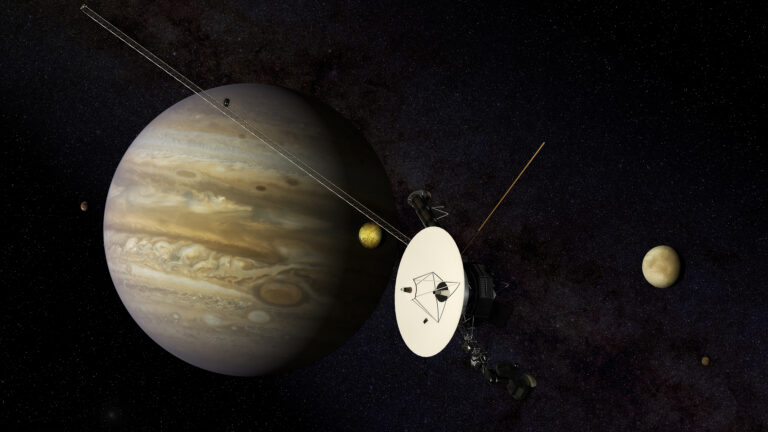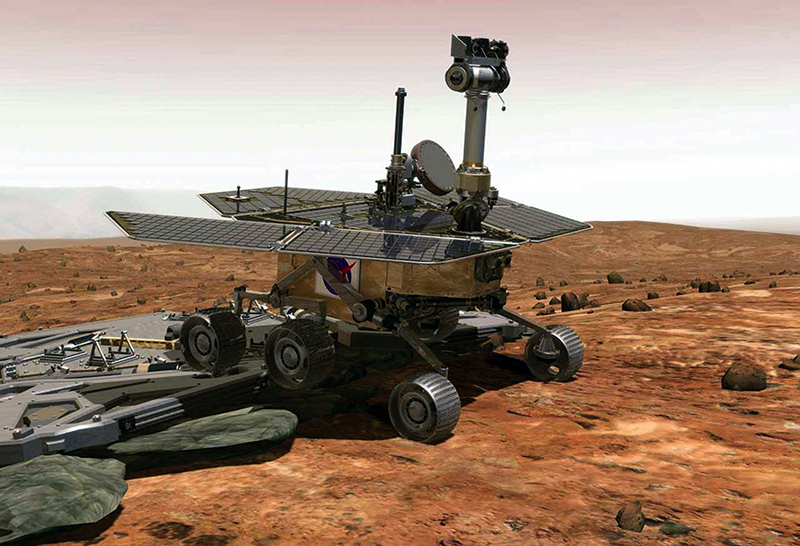Key Takeaways:
The Sun blasted magnificent solar rays millions of miles into space earlier this month — an event categorized as the largest such burst ever photographed that also captures a full view of the solar disk.
On February 15, the ESA/NASA Solar Orbiter recorded the huge prominence bursting from the corona of the Sun. Defined by its loops of dense plasma tangled in a turbulent web of magnetic field lines just above the Sun’s surface, the eruption did not threaten Earth’s satellites or electric grid.
Aboard the Solar Orbiter is the Extreme Ultraviolet Imager, which includes the Full Sun Imager that captured this historic event. On March 26, the Orbiter will make its closest approach to the Sun yet, equal to 0.3 times the Sun-Earth distance, or 2.2 million miles (3.5 million kilometers), providing it with a much closer view of our host star’s disk.
Other space instruments took notice of this month’s enormous solar disturbance, too. One such onlooker was the ESA/NASA SOHO satellite, which views the Sun from farther distances and could provide complimentary images of the incident. The ESA/JAXA BepiColombo mission, currently located much closer to Mercury, observed a jump in protons, electrons, and ions with its radiation monitor.
Fortunately, the eruption was not pointed toward Earth, but instead faced the opposite direction. That’s important because such a powerful solar blast pointed toward Earth could have been detrimental to civilization in many ways.
Although the thought of the Sun being society’s downfall is daunting, ESA is launching Vigil in the next several years to monitor dangerous solar storms and activity.










